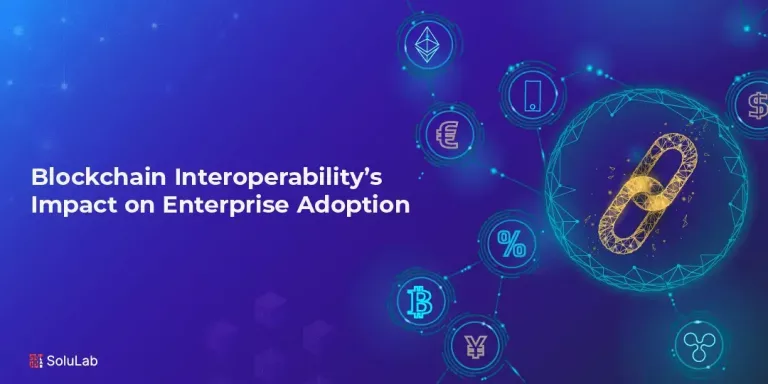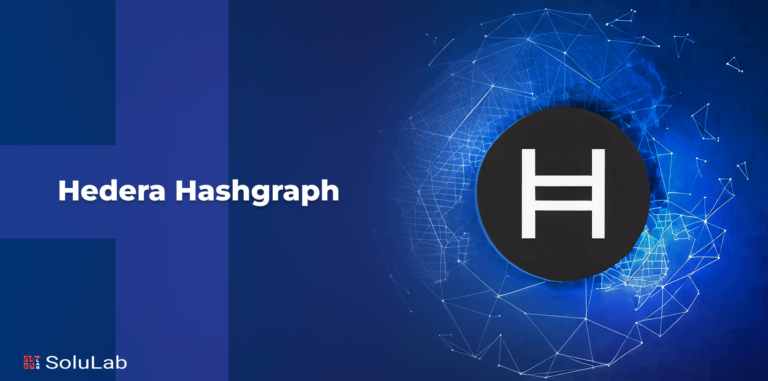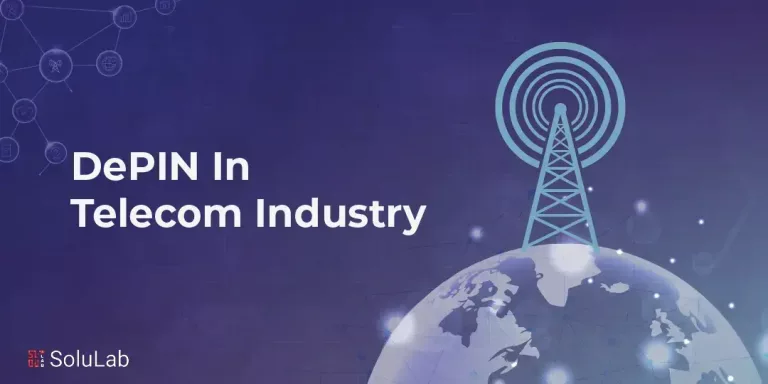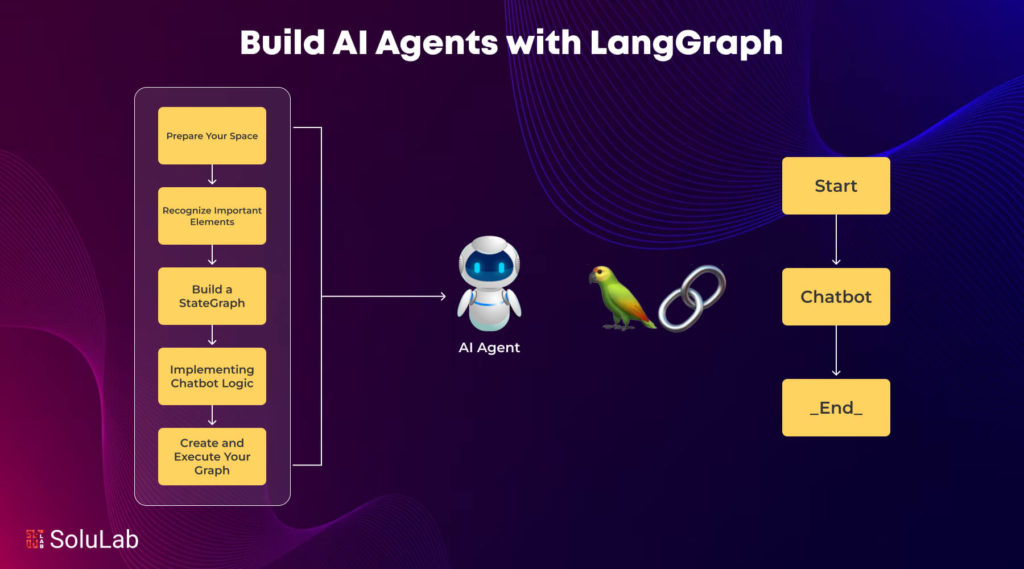
Retrieval-augmented generation (RAG) systems are now widely used in artificial intelligence (AI) to process basic inquiries and produce contextually relevant answers. However, solutions that expand above these retrieval capabilities are required as the requirement for increasingly complex AI applications increases. AI agents are self-governing individuals who can carry out intricate, multi-step activities, preserve state throughout interactions, and dynamically adjust to new information. It is noted that every two out of three 67 % of customers become furious when customer care is unable to promptly address their problems.
Microsoft recently revealed its 10 new autonomous AI agents for its Copilot AI intending to increase efficiency and production in several industries. With their ability to carry out activities autonomously, these AI agents have the potential to transform processes in sectors like healthcare and finance. Beginning in December, the public will be allowed to preview these agents, and a complete rollout in 2025.
The creation of AI agents has become a top priority for numerous sectors as artificial intelligence gains traction worldwide. Building AI agents with LangGraph is now made easier by LangGraph, a potent framework that lets programmers create complex multi-agent systems. This blog will provide a detailed guide on How to build AI agents with LangGraph to help you develop your own AI apps.
What are AI Agents?
A software application that can interact with its surroundings, gather information, and use that gathered information to carry out autonomous actions and achieve preset objectives is known as an AI agent. This Retrieval-augmented generation (RAG) based AI system can determine the optimal course of action to take for accomplishing the goals that humans specify. Take, for instance, an AI contract center agent who wants to answer consumer questions. The consumer will automatically be asked various inquiries by the agent, who will then consult internal documents for information before providing a solution. It decides whether it can answer the question on its own or refer it to a human based on the customer’s answer.
AI Agents in LangGraph systems are logical beings, to get the best performance and outcomes, they make logical decisions as per the observations and data. Top AI applications software or hardware interfaces to sense its surroundings. Main examples of AI agents are Chatbots, self-driving cars, and administrative support.
What is LangGraph?
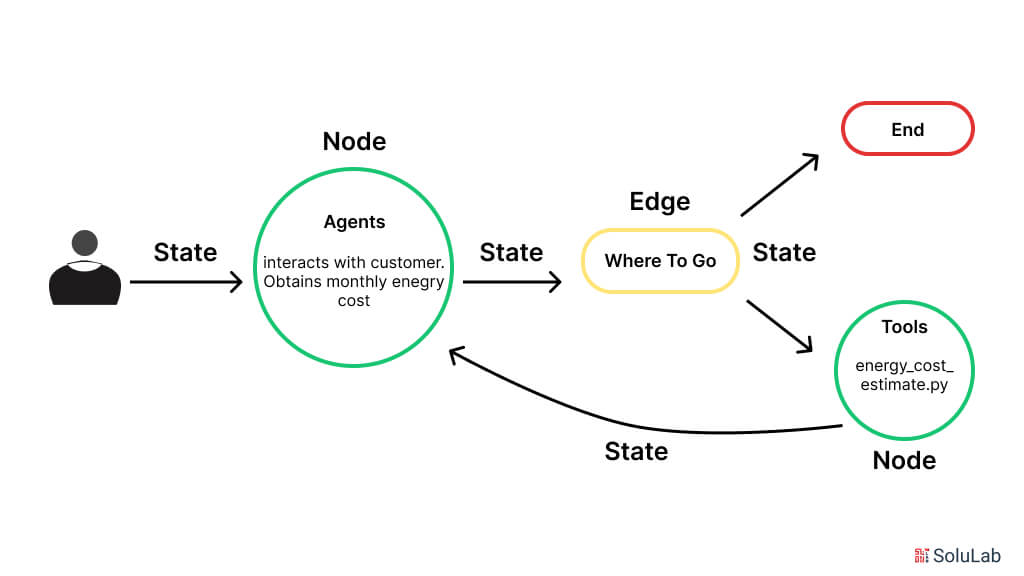
For moving further with the development of AI agents you need to know What is LangGraph? Built on top of LangChain, LangGraph is a sophisticated library that adds cyclic computational capabilities to your large language model applications. Although Directed Acyclic Graphs (DAG) can be created with LangChain for linear processes, LangGraph goes one step further by allowing the insertion of cycles, which are necessary for creating intricate, agent-like behaviors. LLMs under projects such as Copilot AI can continually cycle through a process thanks to these features, dynamically choosing the next course of action according to the changing circumstances.
Key Components of LangGraph
Fundamentally AI agents with LangGraph enable the development of applications by specifying three essential elements:
- Nodes: These stans for distinct functions or calculation stages in your program.
- States: That is the memory or context that is preserved while calculations are being made.
- Edges: Nodes are connected by edges, which define the computation’s progression from one stage to the next.
As the tool for managing the graph structure, state, and multi-agent collaboration, LangGraph radically shifts the process of building AI Agent use cases. This approach allows programmers to work on complicated many-actor systems that, in line with current inputs, respond to context changes via the autonomous state. It also enables applicants’ correct methods and timely information exchange while also minimizing attention spent on ornamenting technical procedures. LangGraph agent development has innate scalability and tolerance for faults that guarantee robust systems that are compatible with the high requirements of enterprises while at the same time allowing the creation of highly optimized specific purpose applications. It is a powerful instrument for modern AI advancement because it can manage sophisticated tasks and cyclic decision-making due to the introduction of cyclical graphs.
The Need for Building AI Agents
Creating agents with the LangGraph AI agent framework has become more and more important for firms as the need for efficiency, organizational effectiveness, and enhancing the quality of decisions arises. Intelligent agents are designed to perform activities autonomously and adapt the procedure according to the new information acquired and the experiences learned previously. Its ability to make fast and sound decisions on massive information consolidations ensures that they are fit for the current occupations in areas such as health and finance.
For instance, in the health sector, AI agents enhance patients’ lives by aiding in the identification of diseases as well as in the planning of appropriate treatments. They detect fraud manage investment strategies for the finance industry, and save companies millions of dollars annually. Further, production-ready AI agents with LangGraph enhance the consumers’ experiences and Rich Experiences by deploying well-prepared chatbots for faster resolution and providing recommendation services in e-mail services.
Top Industries Using AI Agents
When it comes to LangGraph for AI applications, these are the industries making use of AI agents for enhancing operations:
-
Production
Advanced procedures like predictive maintenance, robots, and quality checking systems are now more popular and traditional in modern production floors due to advancements in manufacturing that AI has contributed to and caused an enhancement to efficiency, cost, and product quality. As demonstrated, these robots also assist in managing the load experienced by human employees which leads to fewer accidents. Additionally, AI is applied in quality assurance where the system tries to detect the weaknesses and defects in manufactured products much more accurately than human observers.
-
Management of Healthcare
Future changes are attributed to advances in medical technology, adaptations to AI agents in healthcare policies, and the increasing need to deliver cheap healthcare. Some of the telemedicine technologies that are transforming administration in healthcare are AI-driven diagnostics, telemedicine, and EHRs.Besides, it helps to reduce the chances of cross-infection as well as assist in the management of patients’ throughput. Telemedicine has elicited extensive discussions, and there is adequate information on the internet on how it can be implemented in various areas that can be accessed.
-
Banking
In terms of the application of technology to increase efficiency as well as enhance the customer’s service, it is, in fact, on a vanguard. Such progress as fintech has altered people’s approach to their finances. AI and blockchain concepts are being employed in enhancing security, reducing fraud cases, and even easing functions.
This brings me to one of the most significant changes in the financial service industry, which is financial innovation. Owning mobile banking services that allow users to do banking transactions, balance checking, and many more using smartphones, are increasingly going online. Furthermore, the global trend of financial services organizations is the individualization of everything and the use of data analysis to configure products that will meet the needs of each consumer.
-
Support and Customer Service
Hiring AI developers to provide consumers with solutions that are quick, efficient, and always available is revolutionizing customer service and support. These so-called conversational agents – or chatbots or virtual assistants – are proficient not only in processing transactional customer inquiries but also in answering frequently asked questions in an automative manner without the implication of actual human agents. This not only enhances the experience of customers and yet greatly reduces the operating costs of companies by reducing wait times and having one-on-one interactions. Currently, customer relations are being enhanced by the use of AI in businesses such as Amazon and Zappos.
How can LangGraph Built AI Agents Enhance Experience?
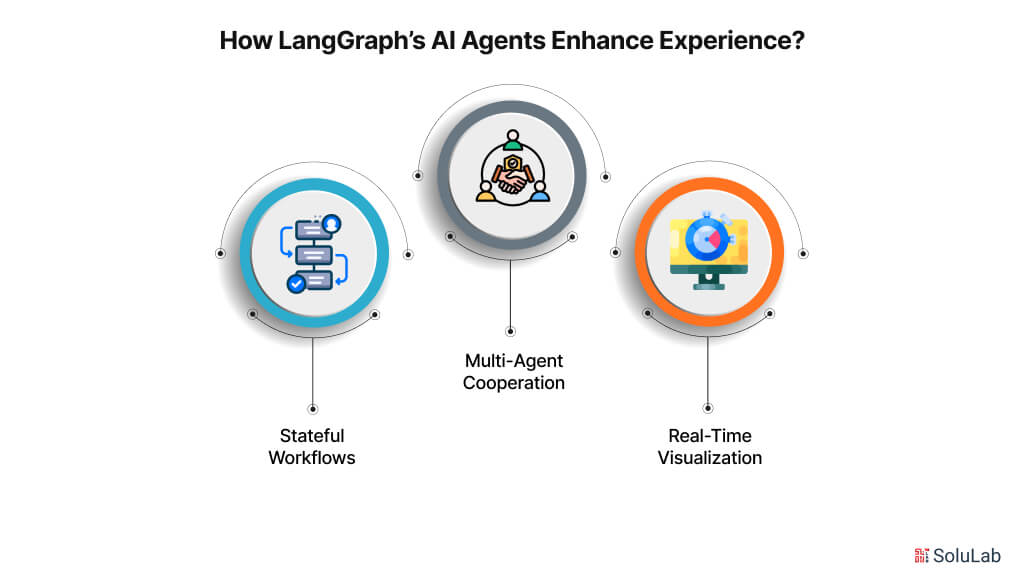
By improving their capacity and user experiences with a modern framework, LangGraph is transforming the creation of AI agents. This developing tool, which is a component of the LangChain dynamics, enables programmers to design complicated, stateful apps that manage intricate interactions and workflows. Here is how LangGraph enhances experiences:
1. Stateful Workflows
Agents that can save context throughout several encounters can be created using LangGraph. With this statefulness, agents can recall user preferences, previous discussions, and particular problems, resulting in more customized and pertinent responses. By using cyclic graphs, LangGraph creates a feedback loop that allows agents to modify their behaviors in response to past exchanges, greatly increasing user engagement and pleasure.
2. Multi-Agent Cooperation
The architecture of LangGraph makes it possible to deploy several agents that can work together without any problems. This feature is especially helpful when managing complex activities that call for input from multiple specialist agents or in situations that call for a variety of skills. By making these cooperative endeavors possible, LangGraph improves the efficacy of AI-powered solutions.
3. Real-Time Visualization
With the release of LangGraph studio, developers now have the means to see agent operations and debug them in real-time. This feature guarantees that agents operate at their best in real-world applications by streamlining the development process and enabling speedy changes and improvements.
Steps to Build AI Agents With LangGraph
Here is a step-by-step guide to the agent which can be used to help customers understand the financial advantages while also qualifying leads for the sales team to follow up by collecting important data like monthly electricity expenditures. This is the order in which the procedure needs to be followed:
Step 1: Prepare Your Space
The most important process of creating an AI agent by using LangGraph is to configure your development environment. This involves an establishment of all the necessary dependencies, as well as all the relative libraries. Getting ready for development, therefore, is part of the initial process of developing an AI agent with the use of LangGraph. This means creating the necessary prerequisites in the form of dependencies and libraries.
You will also need to set your API keys for each of the language models that you intend to use. This is why making the LLMs required to provide the answers to your application accessible is critical. To proceed any further in your Python script, you have to provide your API key. This involves installing necessary dependencies and libraries that are mandatory for this project. In the case of utilizing any language models, you’ll also need to specify the API keys. When you run your Python script use your API key in it. This involves installing the dependencies and libraries that are required for the system to run and operate optimally.
Step 2: Recognize Important Elements
Before starting to code, get familiar with the states, nodes, and edges of LangGraph that are described below. States help the agent to remember past interactions by depicting its current environment. A node is a small operation or calculation to be performed, which can either contain the original algorithm or a result from the LLM database. These nodes are connected by edges that define the flow of data and give the capability of complex interactions within the structure of your agent.
Step 3: Build a StateGraph
Once you have clarified the components, you should construct a StateGraph. To do that you need to create a structure demonstrating your AI agent as a state machine. You can start with a StateGraph object that will control the states during its interaction. Here is an example:
Python
This configuration can help you store context while others are communicating with your bot.
Step 4: Implementing Chatbot Logic
This is when you would include your logic in an AI agent based on the StateGraph that you developed. You’re designing a function that, via an LLM, will process user inputs, and then generate responses accordingly. For you to maintain context throughout a conversation, this method has to append new messages onto a state. For example;
Python
Thanks to your reasoning, your agent will be able to react intelligently based on past interactions.
Step 5: Create and Execute Your Graph
When you define your nodes and edges, use Python to create your graph.
You can now use your AI agent in an interactive loop where, it constantly, accepts input from the user and produces an answer based on the logic that has been established. Add a loop to accept user input until the user chooses to quit:
Python, as such is so:
This loop will enable dynamic user interaction with your AI agent, which will make for a seamless conversational experience.
How Are AI Agents Changing The Traditional Ways?
The new features of LangGraph AI tools such as enhanced automation, real-time decision-making, and self-learning ability are significantly transforming traditional approaches in many fields. This makes AI agents operate autonomously, they can get experience from interactions and adapt to the changes they meet, unlike conventional systems that are based on definite algorithms. Sophisticated processes can finally be managed and monitored automatically, allowing the human workforce to focus on more complex tasks and increasing the general efficiency of operations.on, real-time control, and learning technologies are radically changing approaches to work in many fields.
AI agents operate autonomously, and due to this, it means that they can improve themselves after each transaction they make since they are adaptable, unlike the other pre-ordained systems. Complex processes can now be handled automated with no need for monitoring by people hence releasing managerial staff to do more important work handling and processing large volumes of data through AI agents at a speed that human analysts might not even identify. Besides supporting better decision-making, this capability allows for tactics to respond immediately to new patterns as well as anomalies in real-time.
AI agents are being used for anything from fraud detection to patient triage, across industries including healthcare, banking, and retail. Over the coming years, it will become possible to deliver unmatched solutions to strategic decision-making as well as operational issues, closely connected with the IT systems and software.
Can SoluLab Help in Building an AI Agent for Improved Experience?
Creating intelligent AI agents for enhancing the users’ satisfaction in different applications is one of the areas that SoluLab is positioned for. SoluLab has the expertise for developing smart solutions, it can help some enterprise understand their specific requirements and deploy AI agents to meet specific business goals. An organization called SoluLab ensures that these agents understand consumer queries and can respond to them with high accuracy and efficiency using machine learning and natural language processing.
If you want to act proactively and implement AI agent solutions that will stand for the improvements of your company’s performance, then you might want to consider cooperation with SoluLab. Call us immediately and see how we can help you develop the AI agent that will enhance the client service you offer!
FAQs
1. What is LangGraph used for?
Multi-agent and agent workflows can be created using the langGraph library which is used to develop stateful, multi-agent sector systems with LLMs. Cycles, controllability, and permanence are its main advantages over the LLM systems.
2. What is an LangChain AI Agent?
The creation of AI agents is a major application for LangChain. Agents are systems that decide what to do and what inputs to pass them by using LLMs as reasoning engines. To decide whether additional activities are required or if it is safe to complete the outcomes of actions.
3. What applications does LangGraph have?
The major applications of LangGraph are chatbots, independent agents, tools for automating workflows, systems for recommendations, and settings for individualized learning.
4. What makes Autogen different than LangGraph?
When integrated with LangCain, LangGrapg facilitates code execution. Nodes that run software as a component of the workflow can be defined by users. Autogen’s integrated code executors facilitate code execution. They are capable of writing and running code to carry out tasks on their own.
5. How is SoluLab assisting businesses with AI Solutions?
To improve operational efficiency and drive creativity in a variety of industries, SoluLab helps organizations by offering customized AI solutions such as Generative AI consultancy, Software development, and application integration.




